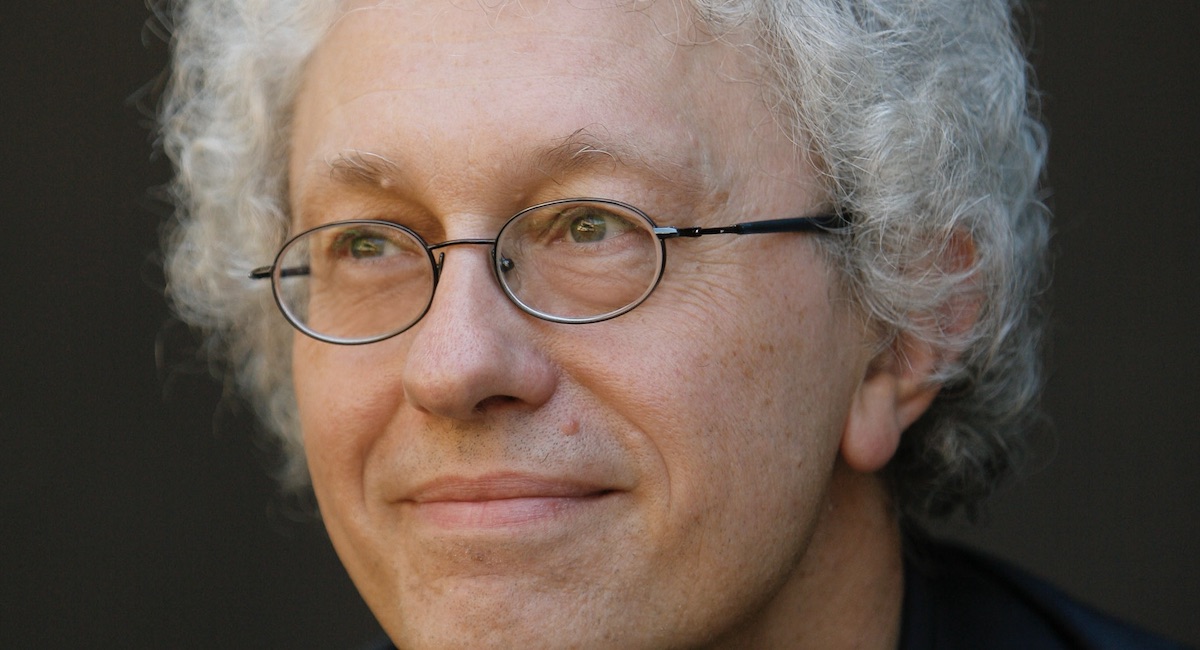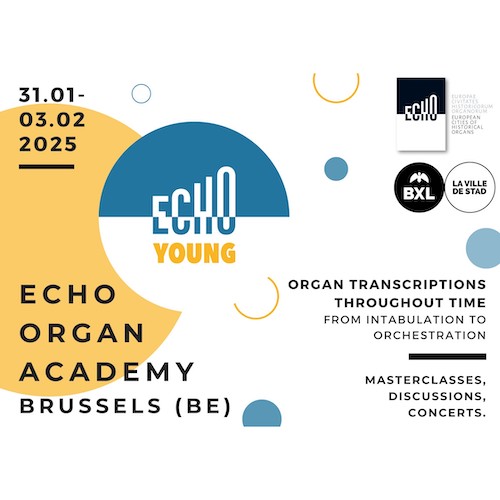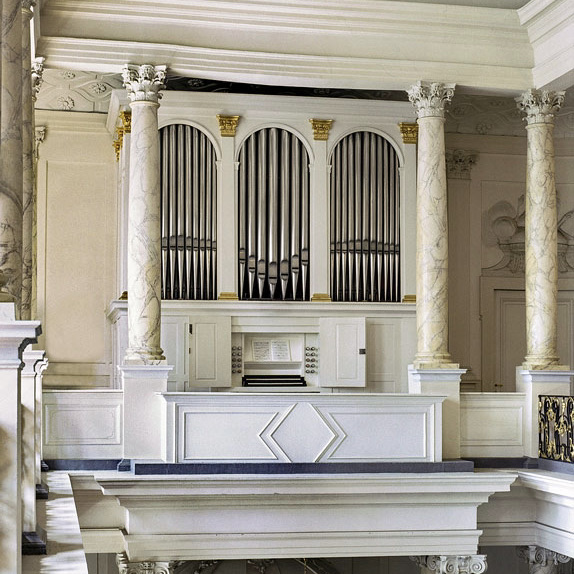Brussels - BE
City member
For the entire world, Brussels is the main seat of the European Institutions. Cross-roads of numerous cultures, this cosmopolitan city with one million inhabitants is also known internationally for its many jewels: the Grand-Place, Manneken-Pis, the Atomium and its many museums, among which the MIM (Museum of Music Instruments), one of the largest collections in the world. Brussels also is one of the richest centers of Art Nouveau, mainly illustrated by the works of the architect Victor Horta. These are only some of the numerous charms to be discovered in Brussels.
Among them: the organ. This heritage is as rich as it is underestimated. When wandering through the city, one may discover one of Brussels' 165 instruments and even have the chance to hear one or another. The oldest organ vestiges in the capital are some wooden parts of the organ case of Notre-Dame du Sablon, dating probably from the Renaissance; the current organ is a reconstruction of an eighteenth-century instrument (Westenfelder, 1989, III/41). The central part of the organ case at Saints-Jean-et-Étienne aux Minimes dates from 1680. After having been enlarged in the nineteenth-century, it recently received a contemporaneous Chair Organ (Rückpositiv) and pedal towers. As a matter of fact, the oldest Brussels organs still in function are the one built by German organ-builder Bernhard Dreymann in the Temple du Musée (1840, II/15) and that by Hippolyte Loret (1856, III/29) in Notre-Dame du Finistère, restored in May 2000. The Royal Conservatory of Brussels houses one of the rare concert hall instruments by Cavaillé-Coll (1880, III/44); both the hall and the instrument await an upcoming serious restoration. Finally, a last realization, also inaugurated in 2000, places Brussels at the cutting edge of the history of contemporaneous organ: the Gerhard Grenzing instrument (III/61) of the Saints-Michel-et-Gudule Cathedral, and its impressive swallow's nest case designed by architect Simon Platt.
It is in 2005 (the city of Freiberg was then presiding the network of European organ cities, ECHO) that Brussels presented its candidacy. In 2006, at the Göteborg general assembly, Brussels became the eleventh city to join the network, thus confirming its position as a city of historical organs. The first important result of this participation has been the constitution of the «Bruxelles ses orgues / Brusselse orgels » (BSO) association. BSO unites the driving forces which were then working each their separate ways towards the enhancement of their organ: les Lundi d'orgue of the Finisterræ church, Art et Culture Notre-Dame de Laeken, Voce et Organo (Our Lady of the Chapel), the Cercle d'orgue de Bruxelles and Culture et Tourisme Cathédrale des SS. Michel et Gudule.
After ten years of activities, thanks to the support of the city of Brussels, BSO produced about 150 organ concerts each year, and the first edition of a festival: “This is not a pipe… Organ Festival”. Today, the ambition of the city of Brussels is to be a major European crossroads of the organ.
News
The Organs
Artistic Directors

Bernard Foccroulle













